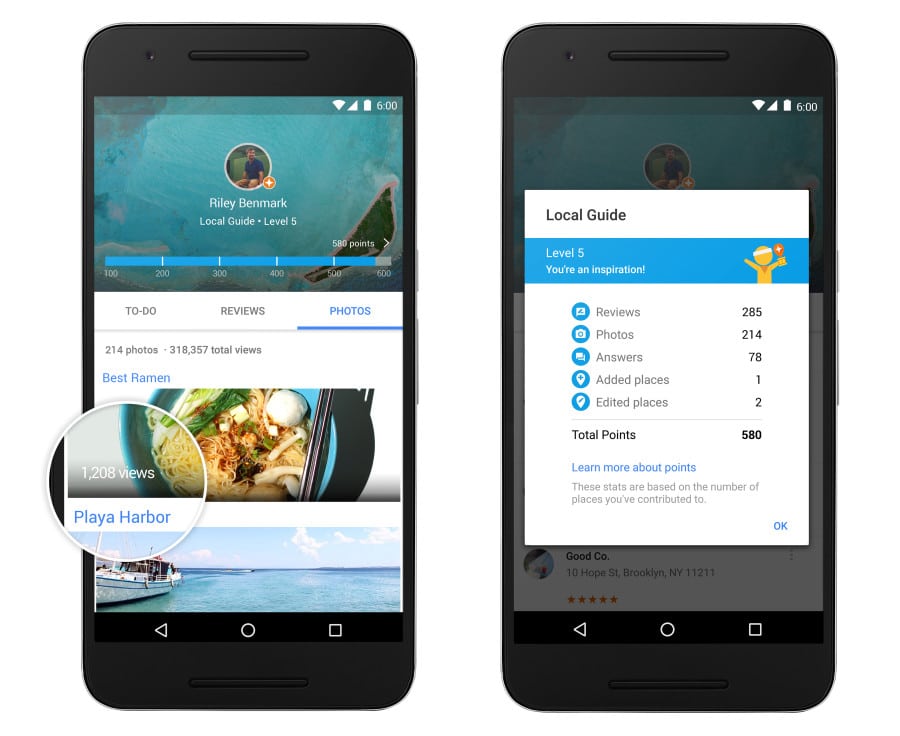Google Maps' Local Guides Program Brings Community Focus to Traveler Reviews

Skift Take
Google Maps needed a serious refresh to remain relevant not just in mapping, but also in reviews as travelers look for fresher content that's visually stimulating and easily navigable.
If Google Maps' new Local Guides program seems a little familiar, you're not imagining things.
Compare it side-by-side with, say, Yelp, and the similarities become apparent. Local Guides members can upload photos, share reviews of restaurants and attractions, add new places, fix information and answer users' questions. None of those features are particularly revolutionary in 2015, but another element of the program seeks to fill a void left by Yelp, and possibly redeem a shortcoming of Google's: creating a sense of community.
Fully integrated with the Google Plus network and initially launched in January, and as the company bills Local Guides as "a global community of explorers sharing their discoveries on Google Maps," the program is undeniably a concerted effort to reinvigorate Google's social networking dreams, and of course improve its mapping functionality to remain relevant in travel.
"[The Local Guides program] is critical to our suc
